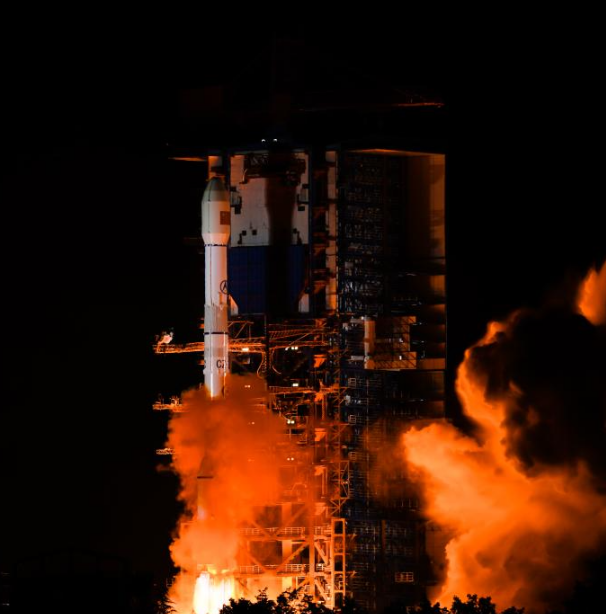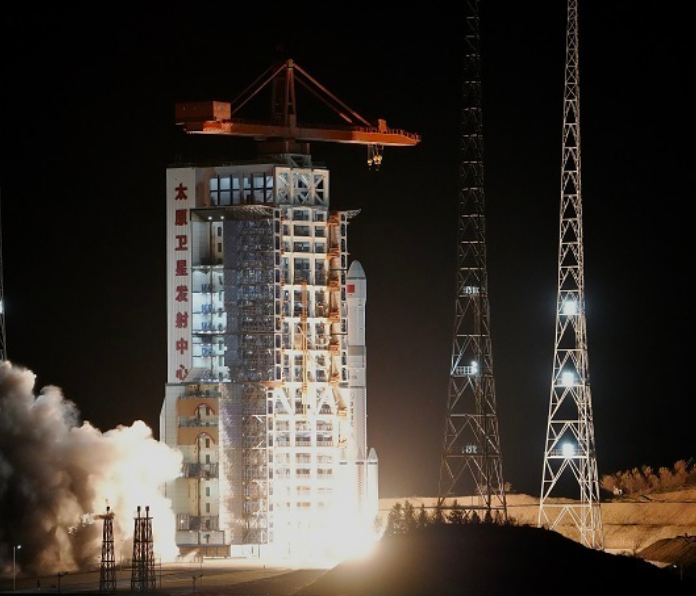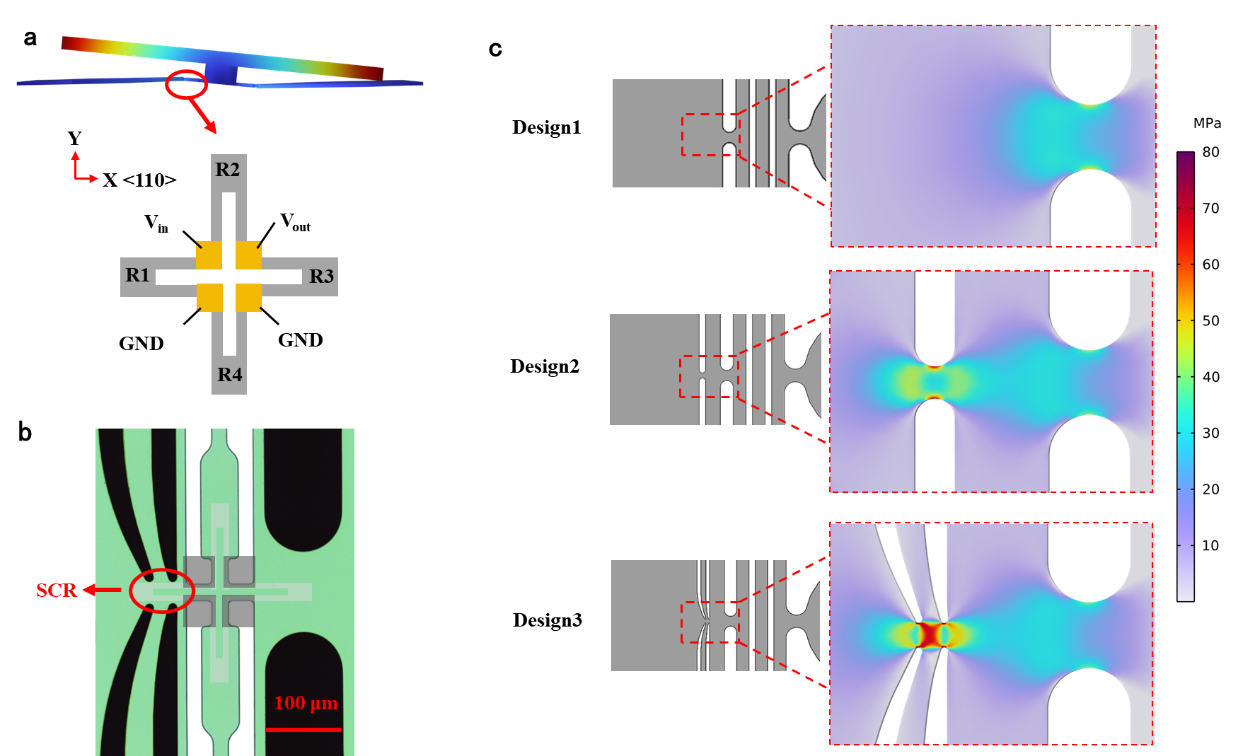29
2025-05
Tianwen-2 Mission Launched Successfully
At 1:31 AM today, China successfully launched the Tianwen-2 planetary exploration probe from the Xichang Satellite Launch Center using the Long March-3B Y110 carrier rocket. Approximately 18 minutes after launch, the rocket placed the probe into a transfer orbit to the asteroid 2016HO3. Subsequently, the probe's solar wings deployed normally, marking the complete success of the launch mission.
The primary mission objectives of Tianwen-2 are to explore, sample, and return from the asteroid 2016HO3, followed by scientific exploration of the main-belt comet 311P.
The engineering goals of the Tianwen-2 mission include breakthroughs in key technologies such as surface sampling on low-gravity celestial bodies, high-precision relative autonomous navigation and control, and low-thrust transfer orbit design. Additionally, the mission aims to provide exploration data and valuable samples for cutting-edge scientific research on the origin and evolution of asteroids.
-
13
2025-05

Communication Technology Experiment Satellite No. 19 Successfully Launched
At 2:09 on May 13, China successfully launched the Communication Technology Experiment Satellite No. 19 from the Xichang Satellite Launch Center using a Long March 3B carrier rocket. The satellite smoothly entered its predetermined orbit, and the launch mission was a complete success.
-
12
2025-05

Remote Sensing Satellite No. 40, Group 02, Successfully Launched
On May 11 at 21:27, China successfully launched the Remote Sensing Satellite No. 40, Group 02, from the Taiyuan Satellite Launch Center using a Long March 6A carrier rocket. The satellite entered its predetermined orbit smoothly, and the launch mission was a complete success.
-
09
2025-05

Chinese Scientists Develop High-Performance MEMS Fast Steering Mirror for Satellite Laser Communication
A research team led by Prof. Wu Zhenyu and Dr. Wang Lihao from the Shanghai Institute of Microsystem and Information Technology (SIMIT) has developed a groundbreaking 10-mm aperture piezoelectric MEMS fast steering mirror (FSM) to enhance satellite laser communication.









